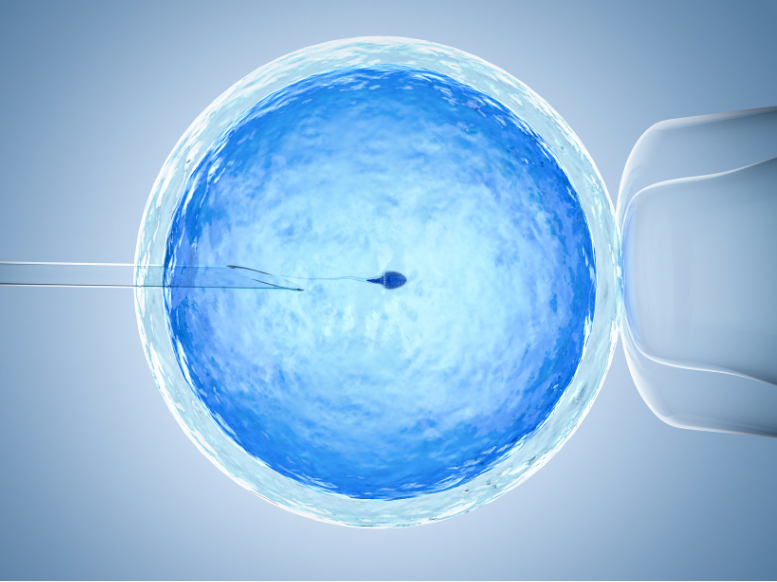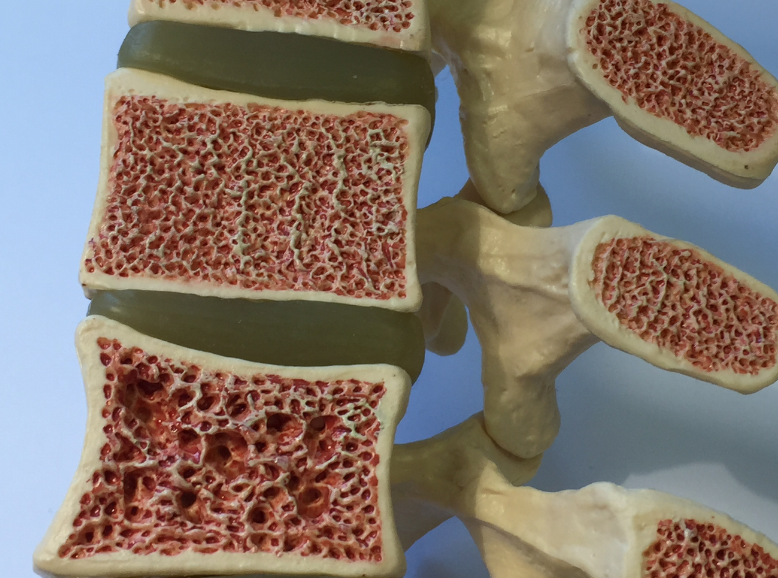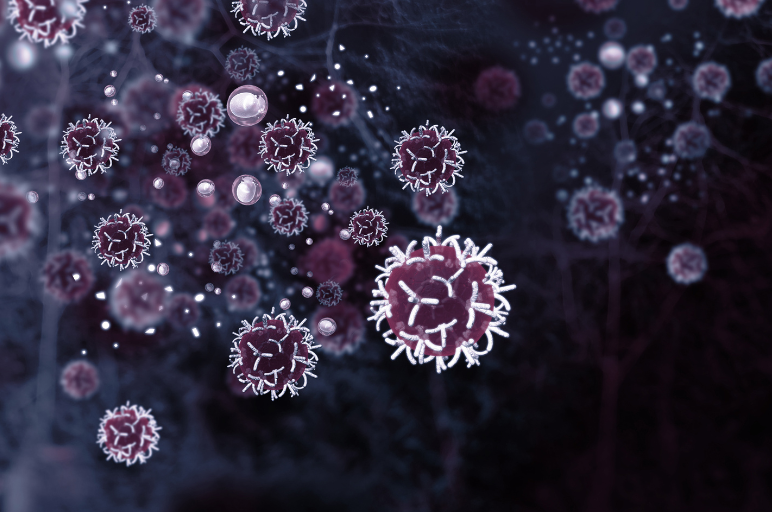Pre-Clinical Trials
Amorphical has conducted a series of pre-clinical trials using animal disease models, related to medical conditions for which ACC efficacy was identified:
Bone Mass Building, Preservation and pH Regulation
In this group of preclinical studies, we compared between ACC (amorphous calcium carbonate) and CCC (crystalline calcium carbonate, the most widely marketed calcium supplement worldwide) in terms of bone mass building and preservation.
The studies, which focused mainly on chemical traits and characterization, measured and compared between the chemical and biological activity of ACC and CCC using a number of parameters: solubility, pH regulation, bioavailability, and specific calcium pathways from the supplement into the actual bones.
In addition, we conducted studies on fracture and bone cyst healing in horses, and found that ACC helped cure cysts and fractures in sport horses, suffering for a long time and designated for euthanasia.
These studies prove the superiority of ACC over CCC in bone building, preservation and healing.
Metabolic Bone Disorder and Osteoporosis Prevention
This study focused on preventing bone loss in rats. The study population included 101 female rats aged 16-17 weeks.
Study findings:
1. Treatment with ACC leads to a greater increase in the femoral bone mass density compared to treatments with CCC and calcium citrate–the most common calcium supplements commercially available today.
2. ACC helps prevent decrease in vertebral mechanical strength, and even increase it.
As far as we know, such high levels of efficacy in preventing bone loss by calcium supplements have never been reported. These findings indicate ACC’s great potential for preventing metabolic bone disorders and osteoporosis.1,2
Anti-Cancer Activity: Cells, Tumors and Cathepsin B
Amorphical has conducted several studies that examined the influence of ACC on cancer cell lines and animals with cancerous tumor models.
Cancer Cell Line Studies
The cancer cell studies focused on the influence of ACC on changes in genetic expressions, metabolic effects and Cathepsin B activity.
The studies were conducted on multiple human cancer cell lines (we tested 7 different types of cancer cells: lung, prostate, colorectal, cervical, hormonal breast, triple negative breast, and blood). The cell lines were grown in a culture medium that contained ACC, while the control group was placed in an identical medium without ACC. At the end of the culturing period, we examined and compared the expression levels of the various genes (genes whose expression was significantly increased/decreased in the ACC group compared to the control group).
For all tested cell types, we found significant changes in genetic expressions when treated with ACC compared to those grown without ACC. The genetic expressions shifted toward anti-cancer activities, enhancing the immune system’s ability to act against the tumor.
Another parameter we examined was the activity of Cathepsin B – a cysteine protease (protein degrading enzyme) active in acidic environments, which cancerous tumors use to advance and metastasize. The results of the studies showed inhibited activity of this enzyme in all the cancer cell lines treated with ACC.
In another study, performed on a mouse breast cancer cell line, the cells were grown in culture media containing ACC, calcium chloride (CaCl2) and CCC. The metabolic pathway of the cells was then tested by “Seahorse” XF Analyzer, which indicates the metabolism pathways. The results showed that the cancer cells, which had been exposed to ACC, changed their metabolic activity towards oxidative phosphorylation, while the cancer cells exposed to calcium chloride and CCC were more prone to perform a metabolic rout called glycolysis, which is characteristic of cancer cells and states of decreased oxygen supply. Increased glycolytic activity, also known as the “Warburg Effect”, usually occurs in oxygen-free environments, but in cancer cells it also appears in the presence of oxygen and is therefore one of the markers for cancer cells; in contrast, oxidative phosphorylation is more characteristic of healthy cells.
Animal Tumor Model Studies
Amorphical has conducted studies involving mice with a subcutaneous model of lung cancer (mouse Lewis lung carcinoma), which also measured the activity of Cathepsin B – a cysteine protease active in acidic environments, which cancerous tumors use to advance and metastasize.
The main findings of the studies were:
1. ACC decreases the growth rate of lung cancer type tumor in mice (similarly to conventional chemotherapy).
2. Administration of ACC combined with chemotherapy decreases the tumor growth rate better than either of the treatments administered separately.
3. Treatment with ACC causes statistically significant decrease in Cathepsin B activity.
Another study was performed on “nude” mice whose bodies do not reject implants due to an inhibited immune system. These mice were implanted with a subcutaneoustumor of human non-small cell lung carcinoma cells.
Main finding:
Treatment with ACC significantly reduced the tumor growth rate in mice with human lung carcinoma.
Another study involved mice with a model of breast cancer bone metastases. In this model, breast cancer cells were injected directly into the bones. It is an extremely aggressive and lethal model of cancer. Treatment with ACC increased the survival of mice with bone metastases.
Anti-Inflammatory Activity
Amorphical has conducted preclinical studies in rats and mice with model of chronic inflammatory diseases including rheumatoid arthritis (RA) and multiple sclerosis (MS).
The findings were:
1. In rats with a model of RA, treatment with ACC was found to reduce the activity of Cathepsin B and Cathepsin K in the joints. Cathepsin K is an enzyme active in the bones, and particularly in the joints, whose upregulation is associated with exacerbation of RA symptoms. Cathepsin B was also found to be associated with exacerbation of RA symptoms.
2. In mice with a model of MS, treatment with ACC was found to reduce the activity of Cathepsin B in spine tissues. The general clinical condition of the mice treated with ACC was better as well. Mice that received a combination of ACC and Copaxone showed a clinical improvement in their motor abilities (same as with ACC alone) and a delay in symptom onset (same as with Copaxone alone).
Muscular Dystrophy
Amorphical has conducted preclinical studies in a mouse model of Duchenne muscular dystrophy (DMD)–a genetic disease that causes muscle weakness and abnormal muscle activity, increasing the risk of muscle damage.
Main findings of the study:
1. ACC helps improve muscle activity, including improved intracellular morphology and contraction.
2. ACC helps reduce Creatinine Kinase (CK) – a marker for muscle damage.
3. ACC helps improve physical ability.
Fertility
Preclinical studies on sheep sperm showed that:
1. ACC improves sperm motility.
2. ACC helps increase sperm count (as a result of improved motility).
Both these parameters are essential for successful intrauterine insemination (IUI).
Preclinical studies conducted on mice showed that:
1. A study that tested the influence of ACC on mouse sperm cells showed that ACC improves sperm capacitation–a process that sperm cells must undergo in order to have the ability to penetrate and fertilize an egg.
2. An in-vitro study showed that ACC helps support initial morula growth and increases the rate of morula development into blastocysts.
3. In a group of female mice who received ACC injections before mating, the conception rate and litter size were significantly higher compared to the control group.
References
1-“Solubility and bioavailability of stabilized amorphous calcium carbonate”, Meiron, O.E., Bar-David, E., Aflalo, E.D., Shechter, A, Stepensky, D., Berman, A & Sagi, A., J Bone Miner Res 26, 364-72 (2011); https://doi.org/10.1002/jbmr.196
2-“Bone loss prevention in ovariectomized rats using stable amorphous calcium carbonate”, Shaltiel, G., Bar-David, E., Waltman, E., Shechter, A. Aflalo, E.D., Stepensky, D., Berman, A., Martin, B.R., Weaver, C.M & Sagi, A., Health 5, 18-29 (2013) Health http://dx.doi.org/10.4236/health.2013.57A2003.
Fertility
Preclinical studies on sheep sperm showed that: 1. ACC improves sperm motility. 2. ACC helps increase sperm count (as a
Bone Mass Building, Preservation and pH Regulation
In this group of preclinical studies, we compared between ACC (amorphous calcium carbonate) and CCC (crystalline calcium carbonate, the most
Anti-Cancer Activity: Cells, Tumors and Cathepsin B
Amorphical has conducted several studies that examined the influence of ACC on cancer cell lines and animals with cancerous tumor


